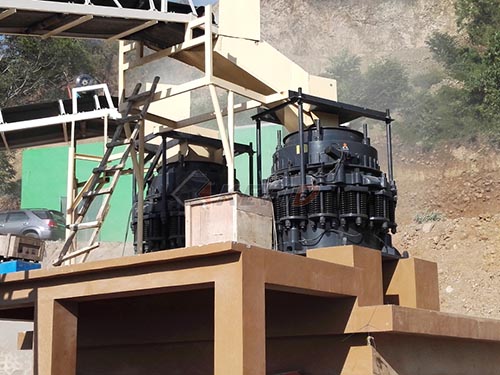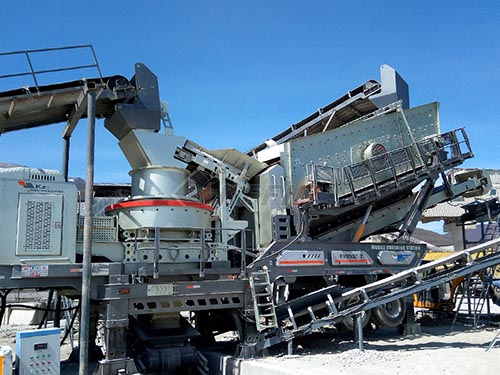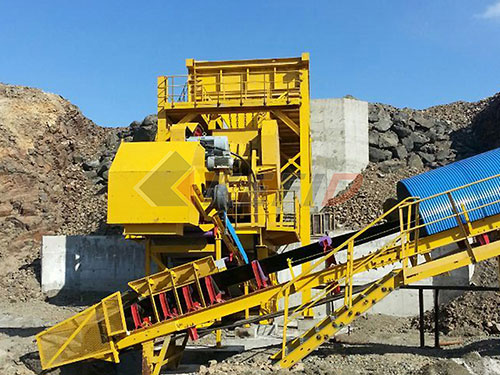Crusher Run: The Essential Foundation Material for Robust Construction
Crusher Run Adalah – this Indonesian/Malay phrase translates directly to “Crusher Run Is,” pointing towards the fundamental nature of this indispensable construction material. Far more than just crushed stone, crusher run (also known as crush and run, crusher stone, dense grade aggregate – DGA, or quarry process – QP) is the unsung hero beneath our feet, forming the critical foundation for countless structures and surfaces we rely on daily. Its unique composition and engineered properties make it the go-to choice for creating stable, long-lasting bases.

Understanding Crusher Run: Composition is Key
Unlike single-size gravels or aggregates, crusher run’s power lies in its specific blend. It’s manufactured by crushing larger stones (like limestone, granite, trap rock, or gravel) down to various sizes and then combining all the resulting fragments together, including the fine dust generated during the crushing process (“fines”). This deliberate mix creates a material with a well-graded particle size distribution:
1. Coarse Aggregates: Provide structural strength and load-bearing capacity.
2. Medium Aggregates: Fill voids between larger stones.
3. Fines (Stone Dust): The crucial binding agent that fills the tiniest gaps.

This combination results in a material that possesses a unique property: mechanical interlock combined with self-compaction. When spread and compacted correctly:
1. The angular particles lock tightly together under pressure.
2. The fines migrate downwards under vibration or rolling force.
3. These fines effectively fill nearly all remaining voids between the larger particles.
4. The result is an exceptionally dense, solid, and nearly impermeable mass.
The Critical Role of Fines
The presence of fines (typically comprising 10-25% of well-designed crusher run) is absolutely vital to its performance:
Binding Agent: They act like a natural glue, binding the larger particles together into a cohesive unit rather than individual loose stones.
Void Filling: They eliminate air pockets that would otherwise weaken the structure and allow water infiltration.
Density & Stability: By filling voids, they maximize density during compaction, leading to superior stability and resistance to shifting or settling.
Impermeability: A well-compacted layer with sufficient fines significantly reduces water penetration through the material itself.
Why Crusher Run Reigns Supreme: Advantages Unveiled

Leave a Reply